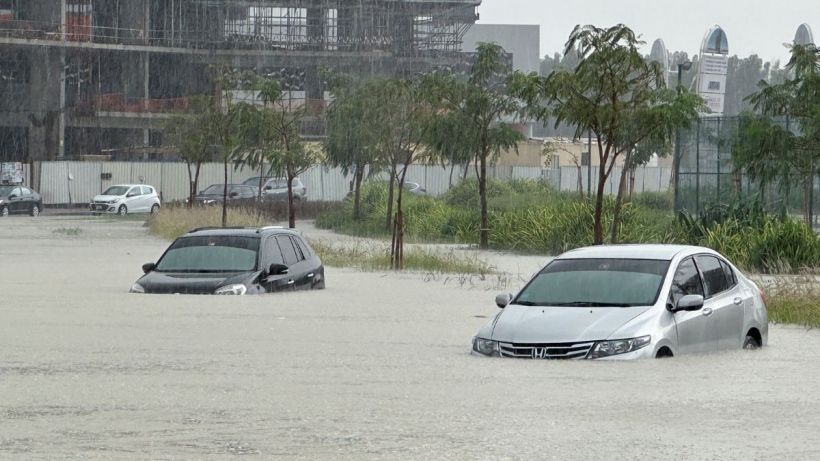Dubai, renowned for its scorching temperatures and arid landscape, experienced an unexpected deluge on Tuesday, with torrential rain causing widespread flooding across the desert nation. The downpour not only disrupted the city’s bustling rhythm but also raised concerns about the escalating impact of climate change on extreme weather events in the region.
In the United Arab Emirates (UAE), where annual rainfall typically averages less than 200 millimeters, the sudden onset of heavy rain is a rare occurrence. With summer temperatures soaring to as high as 50 degrees Celsius, the country’s water resources face significant strain, exacerbated by its heavy reliance on groundwater sources.
To address this pressing issue, the UAE has pioneered innovative solutions, including the use of cloud seeding to generate artificial rain. Cloud seeding is a form of weather modification aimed at enhancing precipitation by dispersing substances, such as silver iodide or potassium iodide, into clouds. These substances act as nuclei around which water droplets can form, leading to increased rainfall.
The practice of cloud seeding has garnered attention as a potential tool for augmenting water resources in arid regions like the UAE. By artificially stimulating rainfall, countries facing water scarcity can supplement natural water sources and mitigate the impact of droughts. However, the long-term effectiveness and environmental implications of cloud seeding remain subjects of debate among scientists and policymakers.
As extreme weather events become more frequent and intense due to climate change, the UAE’s efforts to innovate and adapt to evolving environmental challenges are crucial. While cloud seeding offers a temporary solution to water scarcity, sustainable long-term strategies will be essential to safeguarding the UAE’s water security in the face of a changing climate.






